
The average cost to connect to a public sewer line in Columbus, OH, depends on the linear footage, piping material, local regulations, and more.
Septic tank service costs depend on your project and location. Check with a local pro for your specific job.
The most significant cost factors to consider are the ejector pump material and capacity. Large, cast iron ejector pumps can cost eight times as much as smaller plastic ones.
Calculate the gallons per minute you need your ejector pump to handle to ensure you get the appropriate size.
Ejector pumps need ongoing maintenance and inspections, so consider these routine costs when budgeting.
Most installations require a permit. Contact your local building department to find out the filing fee for the most accurate total.
An ejector pump replacement costs $2,300 on average, but prices can range from $630 all the way up to $4,300, including labor and parts. If your ejector pump is making strange noises, cycling constantly, or filling your bathroom or washing machine with dirty water, chances are you need a new pump. Costs depend on the type of pump you have, its size, its material, and labor prices in your area.
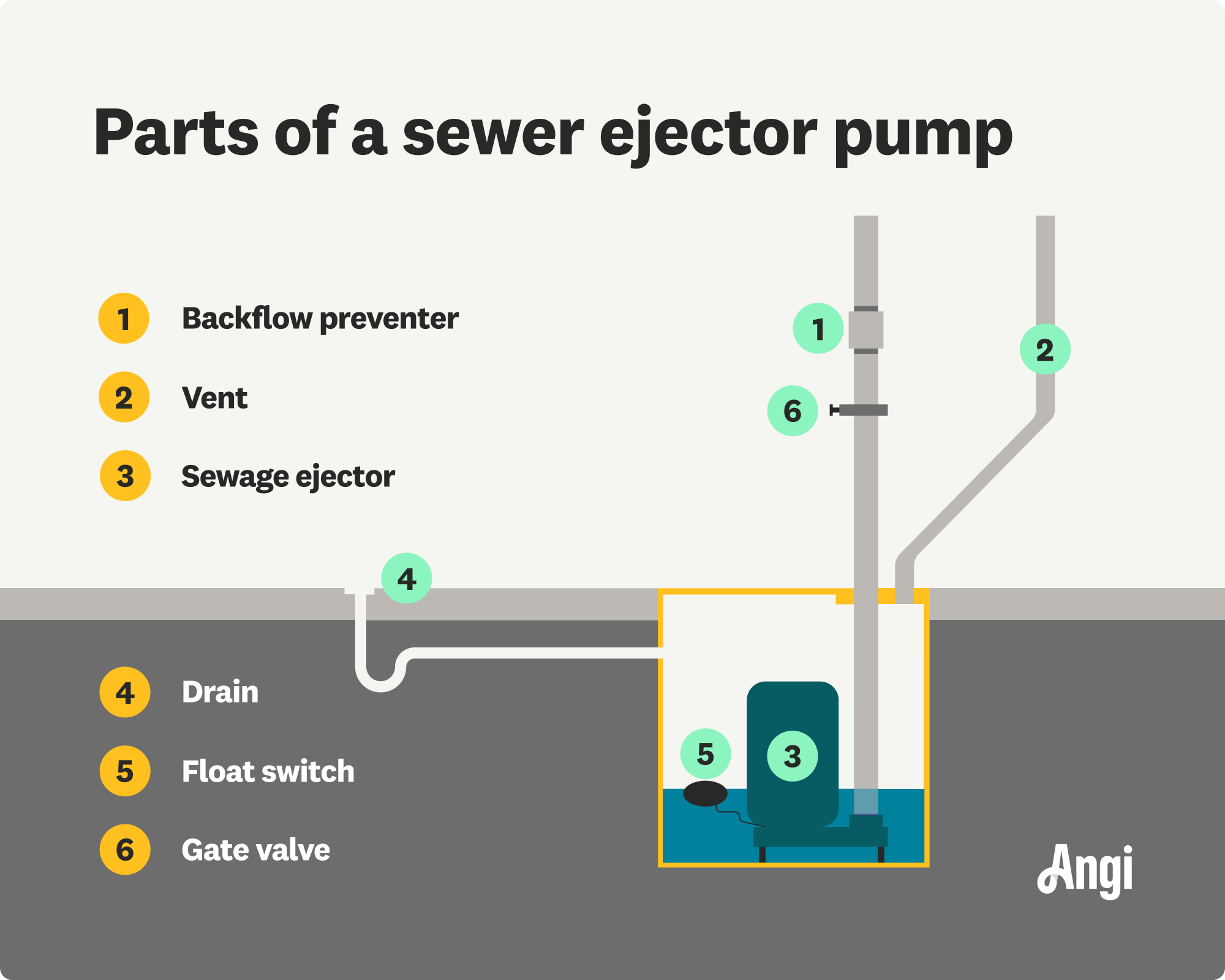
If you’re experiencing irreparable issues with your sewage ejector pump, it’s best to get it replaced as soon as possible. Here are some cost factors to consider when looking into swapping out your old or damaged ejector pump for a new one.
Ejector pumps are constructed from a variety of materials, all of which play a big part in how much they cost. Ejector pumps can cost anywhere from $150 for a wallet-friendly plastic model to $2,000 for a top-of-the-line cast-iron unit. When deciding on a new ejector pump, choose one that is most suitable for your needs and budget.
| Pump Material | Average Cost | Cost Range |
|---|---|---|
| Plastic | $325 | $150–$500 |
| Plastic & cast iron | $440 | $180–$700 |
| Stainless steel | $525 | $200–$850 |
| Cast iron | $1,100 | $200–$2,000 |
As a repeat customer, I can say that Billy never fails to deliver great customer service at a great price. He is honest and knowledgeable. We had an issue with our sewage exit drain pipe after record rain. He diagnosed the problem and fixed it. After the hole was dug he also noticed what could be another issue and upon further uncovering, he was 100% correct. Our pipe was semi disconnected just a bit further down the line. Taking care of that problem too while the hole was open saved us money and headaches! Our system is up and running well and the price was more than fair. If you want an honest, knowledgeable contractor, hire Amos!
The size or capacity also factors greatly in the cost of a septic pump replacement. A sewer ejector pump’s capacity relates to the rate at which it moves water and waste and how far it takes to move them. In other words, the higher the gallons per minute (GPM) or gallons per hour (GPH) required, the more expensive the pump will be.
How far your plumbing is located below your sewer line will determine the horsepower (hp) you need in an ejector pump. Most residential homes require an ejector pump with 1/2 hp. If you’re located further below a municipal sewer line, you’ll need a pump with higher hp.
| Gallons Per Minute | Gallons Per Hour | Average Cost |
|---|---|---|
| 50 | 3,000 | $200 |
| 75 | 4,500 | $325 |
| 90 | 5,400 | $425 |
| 110 | 6,600 | $700 |
| 190 | 11,400 | $1,750 |
When it comes to sewer ejector pumps, there are two main types: standard sewage ejector pump and a sewage grinder pump. Both have the same purpose in that they help remove solid waste and gray water from your home. However, a grinder pump is more powerful and is designed to grind up solid waste before it’s passed into the sewer line. This feature makes a grinder pump more expensive than a sewage ejector pump, with costs ranging between $1,000 and $2,500 for the unit alone. Grinder pump replacement costs average from $2,000 to $4,000 for labor and installation.
Replacing a sewer ejector pump requires the services of a plumber or septic tank repair professional near you. Installation costs vary depending on the size and type of your tank and the complexity of the job.
Standard ejector tank installation costs from $650 to $1,200. More complex fixes, such as the replacement of the entire ejector pump system, including digging a new pit and replacement of a sewer line cost considerably higher between $2,500 and $3,100.
Once you’ve successfully replaced your ejector pump, it’s likely you’ll face the occasional ongoing expense. Here are some common factors to consider to keep your ejector pump and overall sewer system flowing smoothly:
Regular upkeep is key to maintaining a properly functioning sewer ejector pump. If you’re handy, there are things you can do yourself like checking the oil, checking the pump’s seals to make sure they’re not leaking, and cleaning the pump’s vents. It’s also a good idea to have a plumber inspect your pump system at least once per year. This type of inspection costs $100 to $200, on average.
If you notice signs of a clogged sewer line such as stinky smells and slow-flushing toilets, your ejector pump may need repairing. Common repairs include fixing a damaged pump impeller—the part of the pump that moves wastewater from the home—or an impaired motor. Labor costs for repairs, if done by a plumber, range from $45 to $200 per hour.
Operating costs for your ejector pump vary depending on the price of utilities, your pump’s capacity, and how much wastewater and solids your pump has to handle. Expect to spend from $30 to $60 per month.

A plumber or septic tank repair pro near you often charges $650 to $1,200 for a standard ejector pump installation, but it’s worth the money, as this isn’t a DIY-friendly project. Incorrect replacement can lead to sewage backups, overflows, and costly injury. A pro ensures the pump is properly vented, sealed, and connected to your plumbing system.
Hiring a pro comes with many benefits, including the following:
Pros work safely and prevent additional damage during replacement.
They’re familiar with local codes and know whether the job requires permits or inspections.
Mistakes during ejector pump repair or replacement can become extremely costly.
A pro can spot related issues, such as drainage problems or failing check valves.
Licensed professionals carry insurance, protecting you if something goes wrong.
They can help you understand product warranties and verify whether your system is still covered.
Pros provide guidance on maintaining your new pump and set a service schedule.
In addition to replacing and installing a new ejector pump, there are a few other add-ons to consider to help with its day-to-day operation.
Pumping your sewage tank costs $290 to $550.
Snaking your sewer line costs $100 to $250.
Adding a power subpanel costs $400 to $1,750.
Installing a battery-powered backup pump costs $600.
There are several things you can do to help keep the costs down when replacing a sewer ejector pump:
Check the switch: A failing ejector pump could be due to nothing more than a bad switch. You can replace this yourself for around $20.
Watch what you flush: Avoid flushing things that could put extra strain on your ejector pump. Solid objects, paper towels, wet wipes, and feminine hygiene pads are all common culprits of clogged sewer drains.
Shop around: When looking for a local plumber or sewer repair specialist, do a little price comparison. Labor costs vary according to different companies, so get a few quotes before deciding on the best one for your budget.
Gather documents related to your current system, such as past invoices, receipts, and diagrams.
You may be covered under warranty, so locate the purchase information and manual for your pump.
Ask your pro for maintenance recommendations once the work is complete to prolong the life of your new system.
Do not attempt to dig in search of your pipes or septic cover; this can cause damage or create a safety hazard.
Home is the most important place on earth, which is why Angi has helped more than 150 million homeowners transform their houses into homes they adore. To help homeowners with their next project, Angi provides readers with the most accurate cost data and upholds strict editorial standards. We extensively research project costs to develop the pricing data you see, so you can make the best decisions for you and your home. We rely on reputable sources, including the U.S. Bureau of Labor Statistics, academic journals, market studies, and interviews with industry experts—all to ensure our prices reflect real-world projects.
Want to help us improve our cost data? Send us a recent project quote to [email protected]. Quotes and personal information will not be shared publicly.
From average costs to expert advice, get all the answers you need to get your job done.

The average cost to connect to a public sewer line in Columbus, OH, depends on the linear footage, piping material, local regulations, and more.

Roto-Rooter plumbing services can help you unclog drains, fix leaks, or provide remediation services after a flood. Learn the average cost to hire a local specialist and how they can help you.
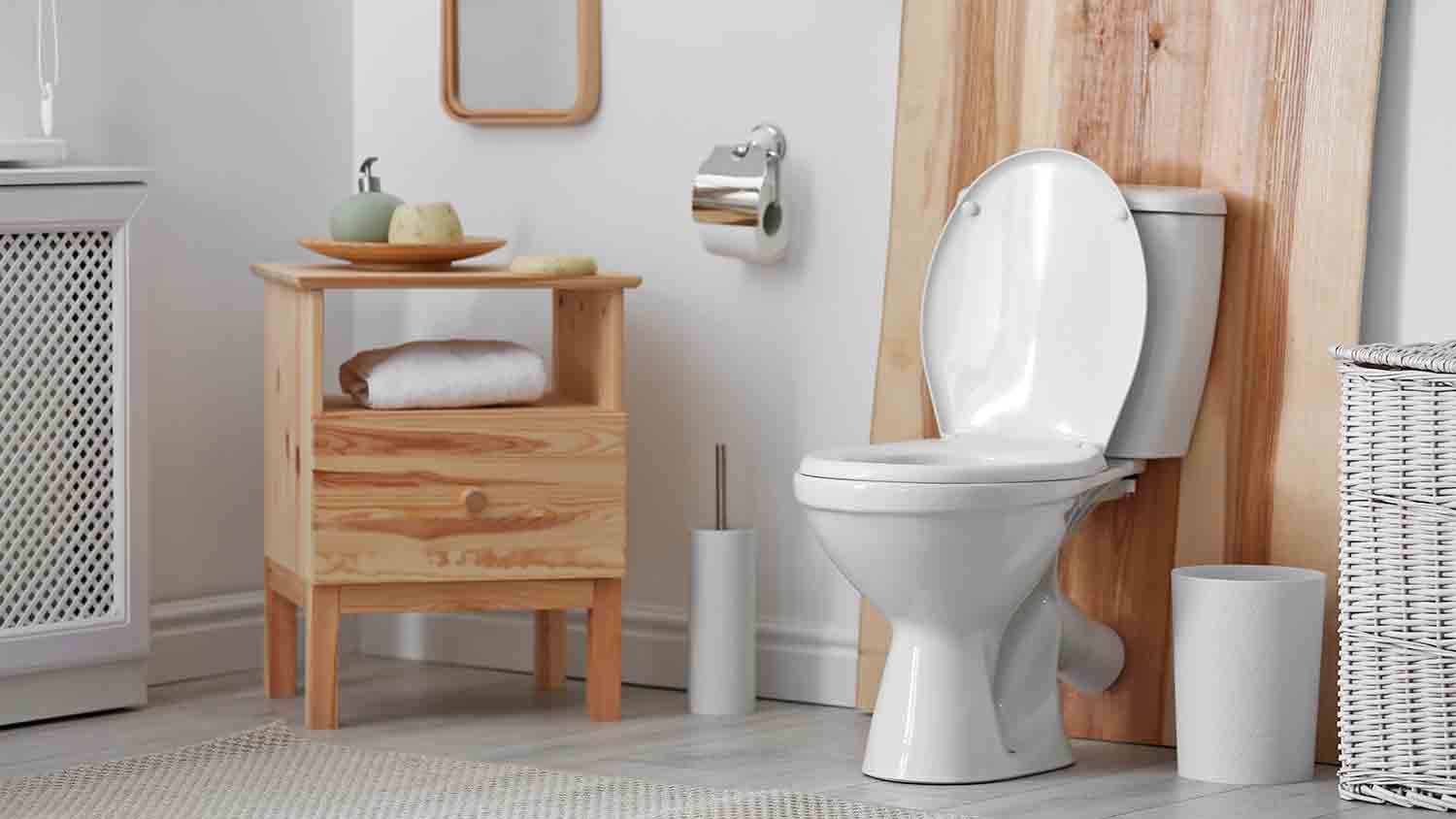
Need to know what sewer line replacement costs in Baltimore, MD? This guide will help you prepare to budget for sewer line replacement done by local contractors.
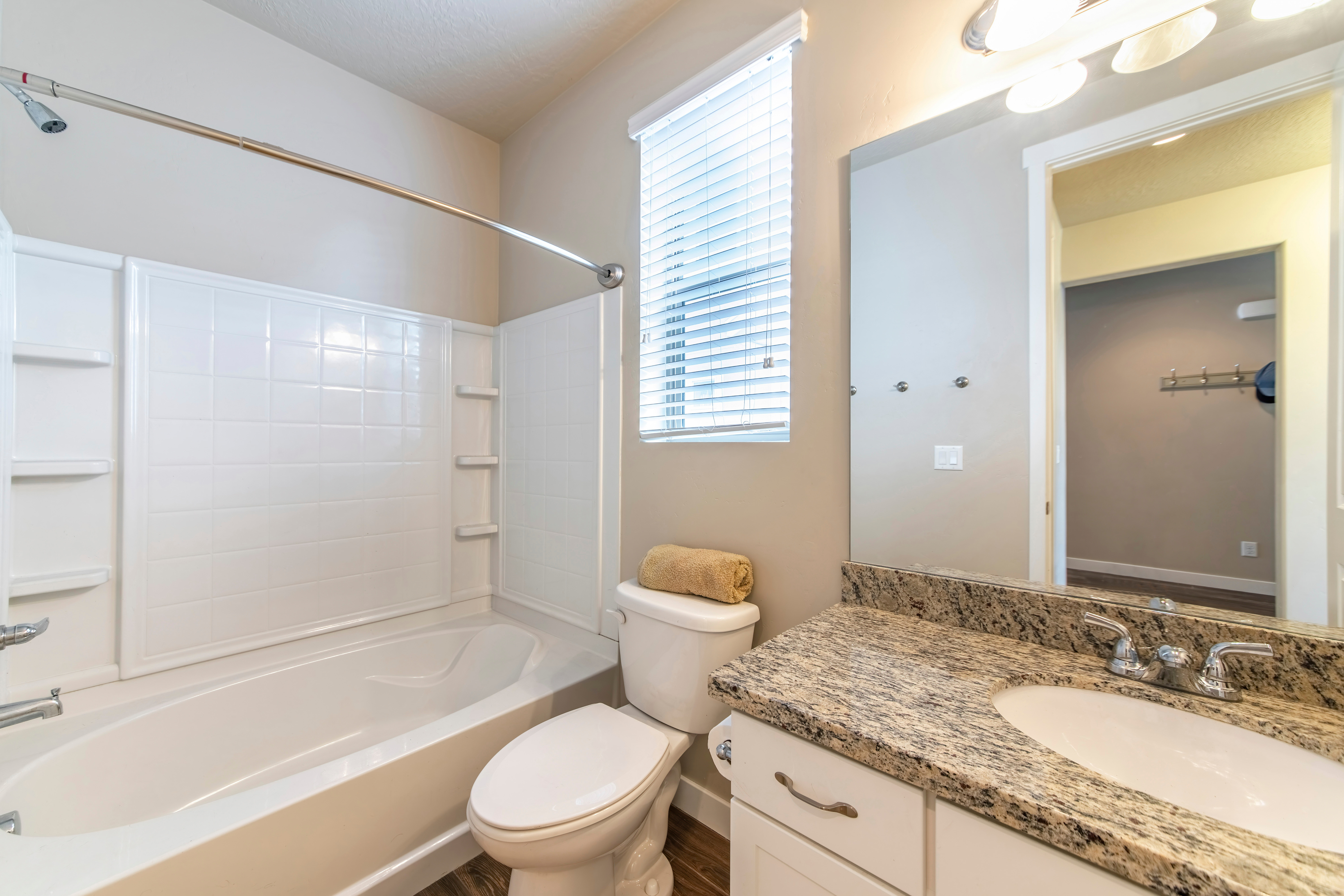
Need to know what sewer line replacement costs in Houston, TX? This guide will help you prepare to budget for sewer line replacement done by local contractors.
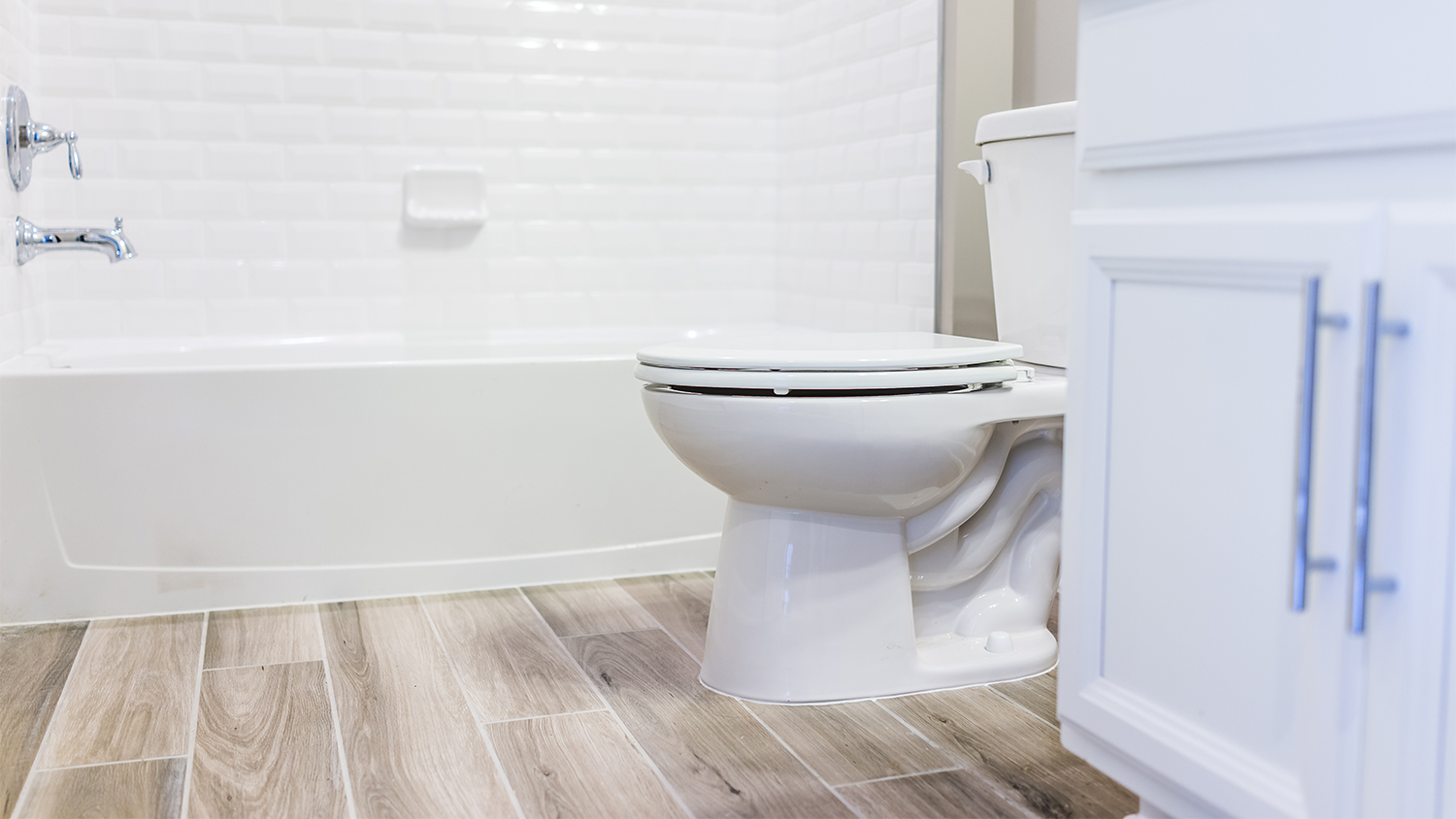
Need to know what sewer line replacement costs in Phoenix, AZ? This guide will help you prepare to budget for sewer line replacement done by local contractors.
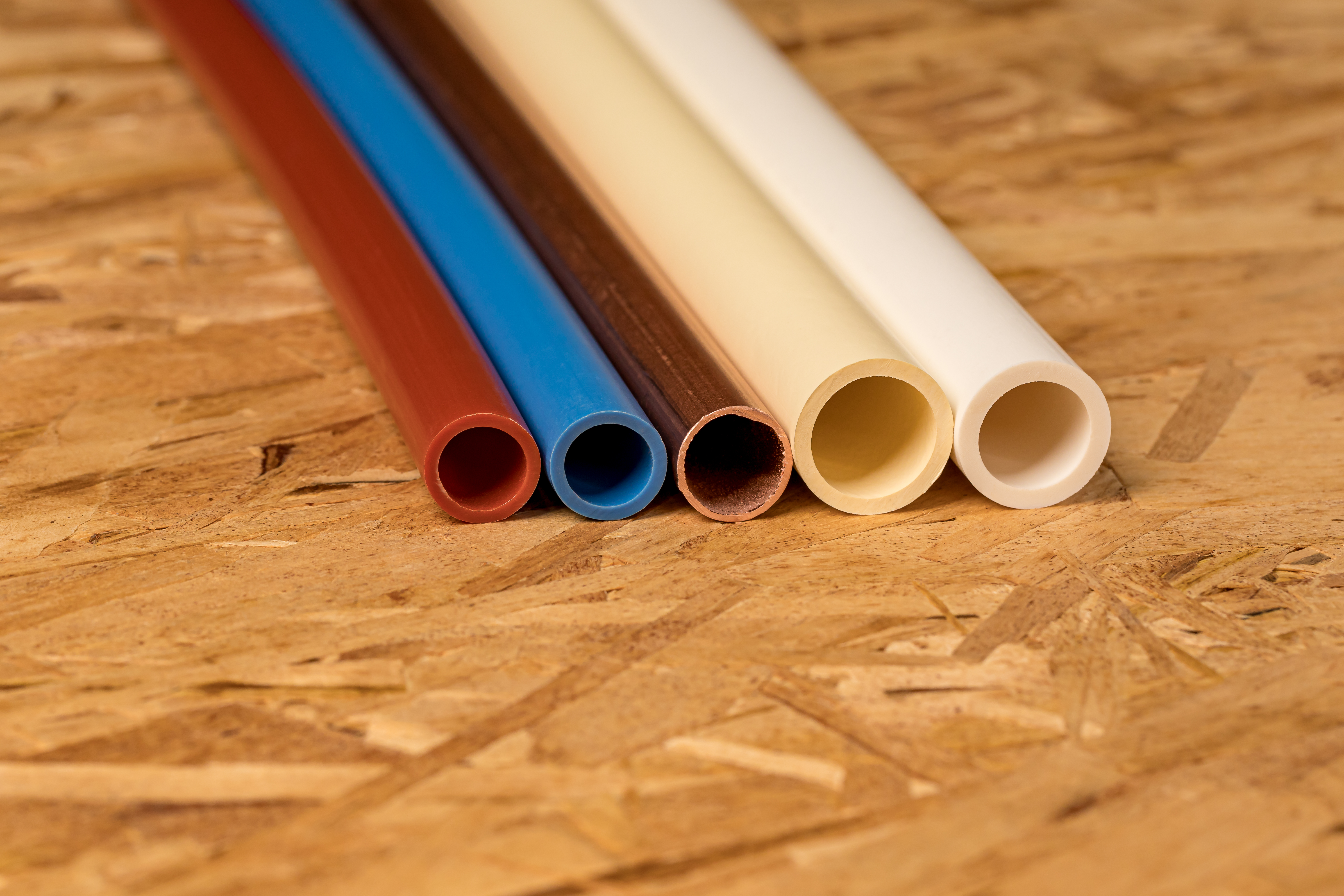
Need to know what sewer line replacement costs in Minneapolis, MN? This guide will help you prepare to budget for sewer line replacement done by local contractors.